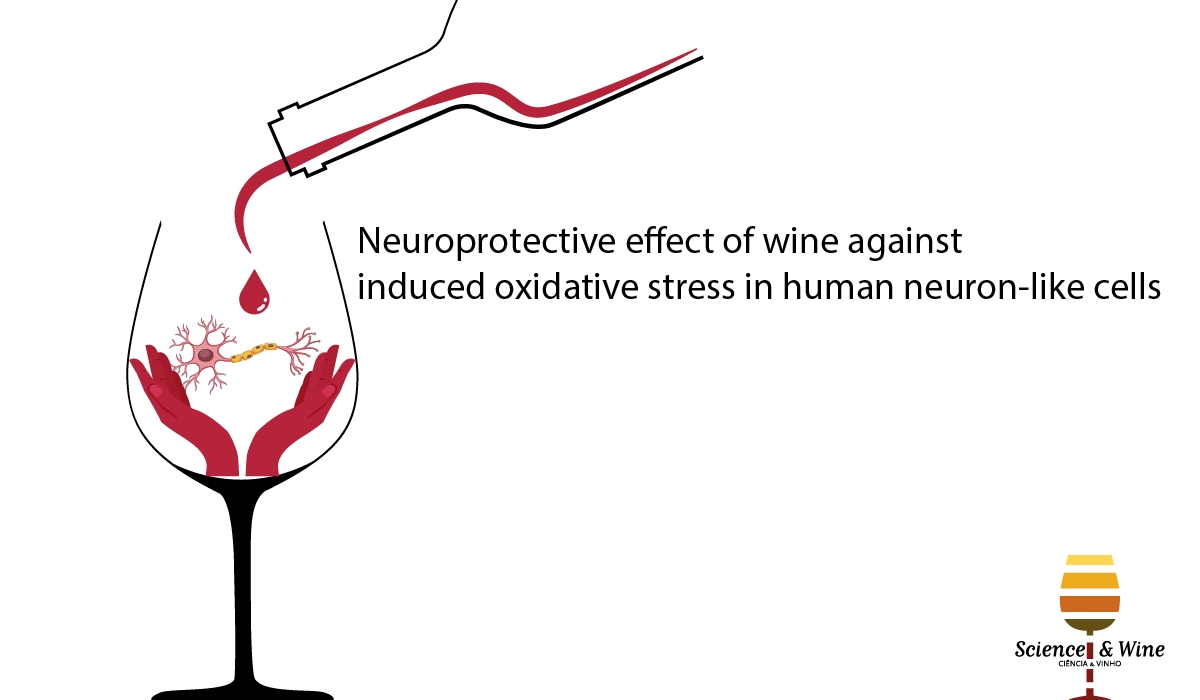By Cristiane Copetti
Oxidative stress is caused by the insufficient capacity of biological systems to neutralize reactive species produced in excess. A serious imbalance between the generation of reactive oxygen species (ROS) and antioxidant (AOX) protection in favor of the former causes excessive oxidative damage in cells and tissues because the ROS excessive production is associated with disruption of cell cycle regulatory mechanisms (HALLIWELL, 2011).
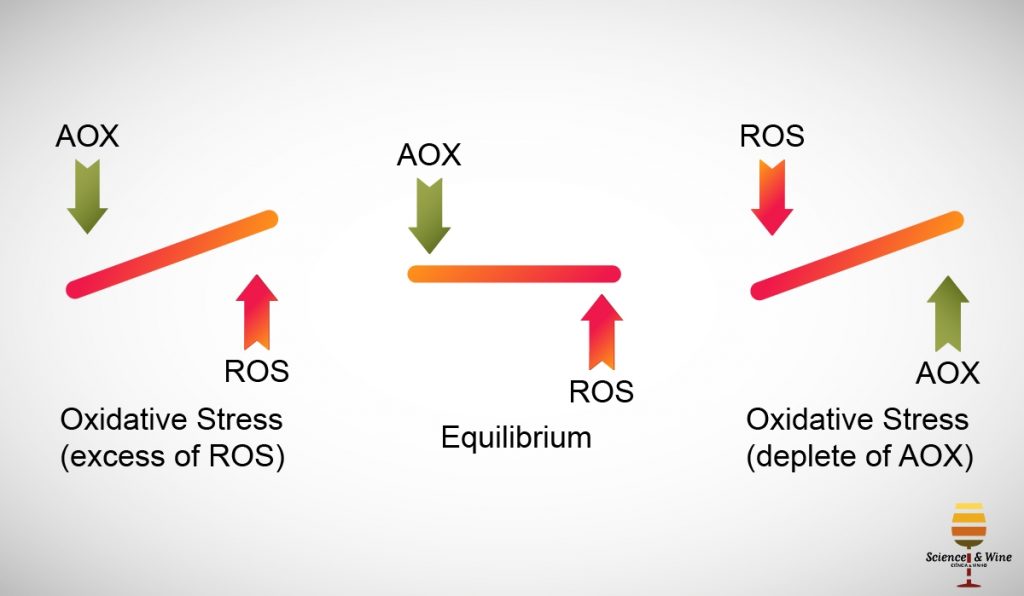
Furthermore, excessive or prolonged ROS generation cause various health problems, such as cardiovascular disease, insulin resistance, type 2 diabetes, osteoporosis, arthritis, asthma, and inflammatory bowel disease (HALLIWELL et al., 1995; DRÖGE, 2002; RANKIN, 2004), therefore, regulation of ROS levels is critical for reducing the risk of related chronic diseases (WANG; CAO; PRIOR, 1996). Towards the end of 20th century, epidemiological studies and associated meta-analyses strongly suggested that long term consumption of diets rich in plant polyphenols offered some protection against development of cancers, and neurodegenerative diseases.
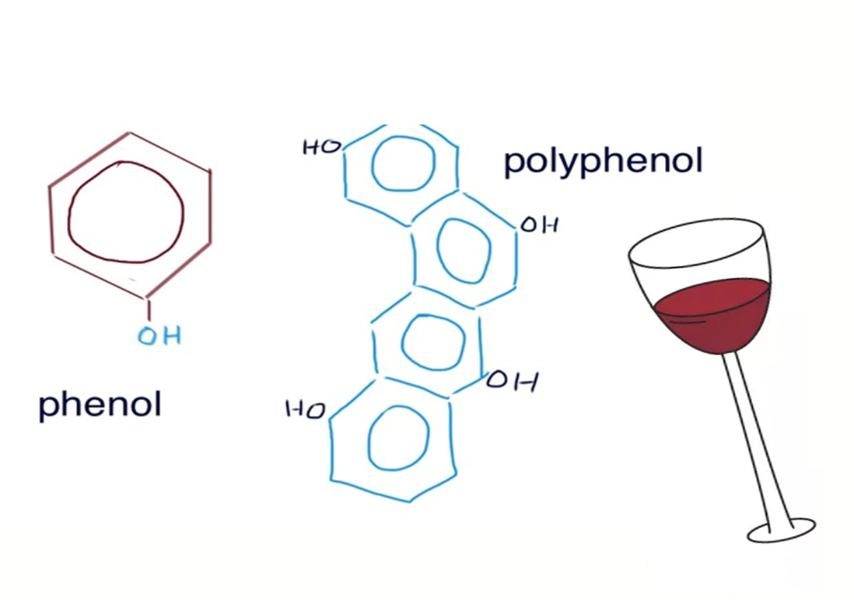
The phenolic compounds in grapes and derivatives, mainly the flavonoids, flavanols, flavonols and anthocyanins, are associated with improved health, along with other compounds which are not flavonoids, such as phenolic acids and the stilbene resveratrol (SAUTTER, et al., 2005; KRIKORIAN et al., 2012). Besides these functions, the chemical structure of polyphenols, mainly flavonoids and stilbenes (resveratrol), makes them suitable to act as antioxidants, trapping and neutralizing free radicals.
Cell culture has often been used to study the cellular effects of reactive species and of antioxidants, and many useful data have resulted (HALLIWELL, 2011). Hydrogen peroxide is a physiological constituent of living cells and is continuously produced via diverse cellular pathways. Intracellular steady-state concentrations of H2O2 above 1 μM are considered to cause oxidative stress inducing growth arrest and cell death (STONE; YANG, 2006). In experimental models used to investigate physiological functions and toxic effects of H2O2, oxidative stress responses of cells, or cryoprotection by antioxidant agents, cultured cells are often exposed to H2O2 added as a bolus into the culture medium (GÜLDEN et al., 2010).

To determine wine could protect against oxidative stress-induced cell death, the SH-SY5Y cell line was used as an in vitro model and H2O2 as pro-oxidant insult. After 24 h of H2O2 exposure in combination with wine at 250 μg/mL significantly increase the cell viability in the absence of H2O2, while 250 μg/mL of wine protected against cytotoxicity. Similar results were found by Xiang et al. (2014), when SH-SY5Y cells were treated with 100 µM H2O2 with 4 mg/mL red wine extracts or red wine adding 10-fold resveratrol, all wine varieties showed significant neuroprotective effect against H2O2-induced oxidative stress. Results of the intracellular antioxidant capacity measurements of the wine samples using the dichloro-dihydro-fluorescein diacetate (DCFH-DA) assay in wine had a pro-oxidant effect per se by increasing the dichlorofluorescein (DCF) levels in the absence of H2O2, whereas, 250 and 500 µg/mL of wine significantly reduced H2O2-induced production of ROS. Results obtained suggest that wine is a potential antioxidant and have positive effect against reactive species generated in SH-SY5Y cells, suggesting a neuroprotective effect.
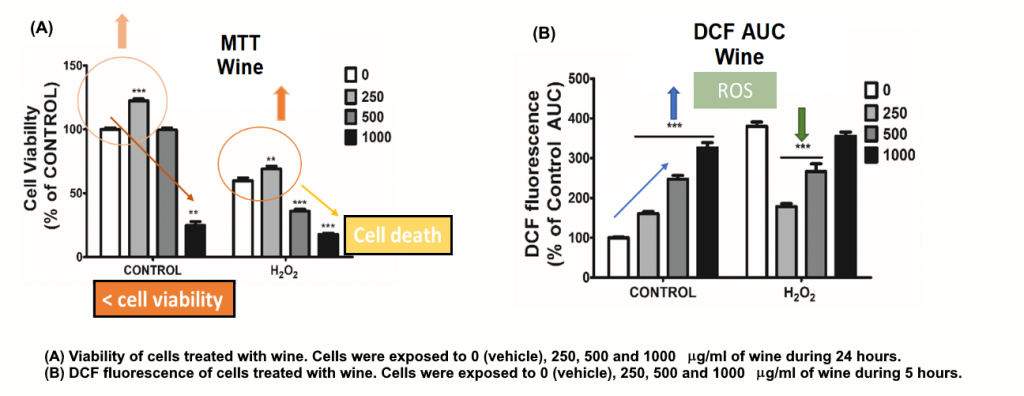
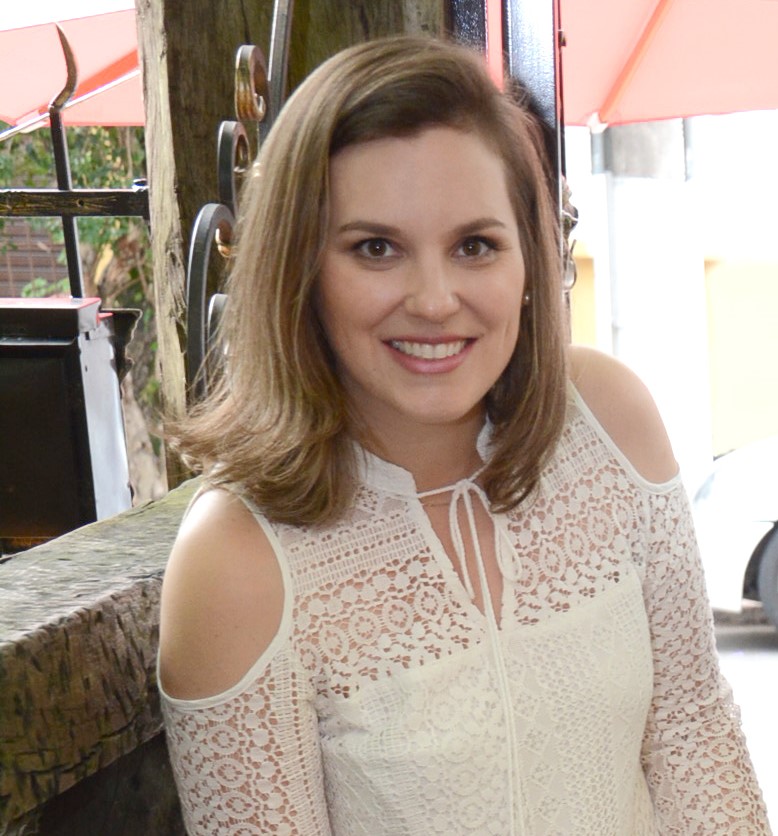
Cristiane Copetti. Graduated in Nutrition by Franciscana University (Brazil) in 2007. Master in Food Science – Food Chemistry and Biochemistry by Federal University of Santa Catarina (Brazil) in 2010. Professor of Nutrition in Franciscana University between 2010 and 2012. Ph.D. in Food Science and Technology – Processing and Analysis of Wine and Other Alcoholic Beverages by Federal University of Santa Maria (Brazil) in 2017, during this period, the research activity was divided in laboratories of Center of Oxidative Stress Research (CEEO), Department of Biochemistry and Institute of Food Science and Technology (ICTA) of Federal University of Rio Grande do Sul. Currently works in the Criciúma city (Brazil) composing the team federal program of the Family Health and Basic Care Support Center and visiting professor of cultural gastronomy course of Federal University of Rio Grande do Sul (Brazil).
References:
- BECKMAN C.H. Phenolic-storing cells: keys to programmed cell death and periderm formation in wilt disease resistance and in general defense responses in plants? Physiological and Molecular Plant Pathology, v. 57, p. 101-110, 2000.
- DRÖGE W. Free radicals in the physiological control of cell function. Physiological Reviews, v. 82, p. 47-95, 2002.
- GÜLDEN, M., et al. Cytotoxic potency of H2O2 in cell cultures: Impact of cell concentration and exposure time. Free Radical Biology & Medicine, v. 49, p. 1298–1305, 2010.
- HALLIWELL B, et al. The characterization of antioxidants. Food Chemical Toxicology, v. 33, p. 601-617, 1995.
- HALLIWELL, B. Free radicals and antioxidants – quo vadis? Trends in Pharmacological Sciences, v. 32, p. 125–130, 2011.
- KRIKORIAN, R., et al. Concord grape juice supplementation and neurocognitive function in human aging. Journal of Agricultural and Food Chemistry, v. 60, p. 5736–5742, 2012.
- RANKIN, J.A. Biological mediators of acute inflammation. AACN Clinical, v. 15, p. 3-17, 2004.
- SAUTTER, C.K., et al. Determinação de resveratrol em sucos de uva no Brazil. Ciência e Tecnologia de Alimentos, v. 25, p. 437–442, 2005.
- SCALBERT A., et al. Dietary polyphenols and the prevention of diseases. Critical Reviews in Food Science and Nutrition, v. 45, p. 287-306, 2005.
- SPENCER J. P., et al. Biomarkers of the intake of dietary polyphenols: strengths, limitations and application in nutrition research. British Journal of Nutrition, v. 99, p. 12-22, 2008.
- STONE, J. R.; YANG, S. Hydrogen peroxide: a signalling messenger. Antioxidant & Redox Signaling, n. 8, p. 243–270, 2006.
- WANG H., CAO G., PRIOR R.L. Total antioxidant capacity of fruits. Journal of Agricultural and Food Chemistry, n. 44, p. 701-705, 1996.
- XIANG, L., et al. Health benefits of wine: don׳t expect resveratrol too much. Food Chemistry, n.156, p. 258-263, 2014.

